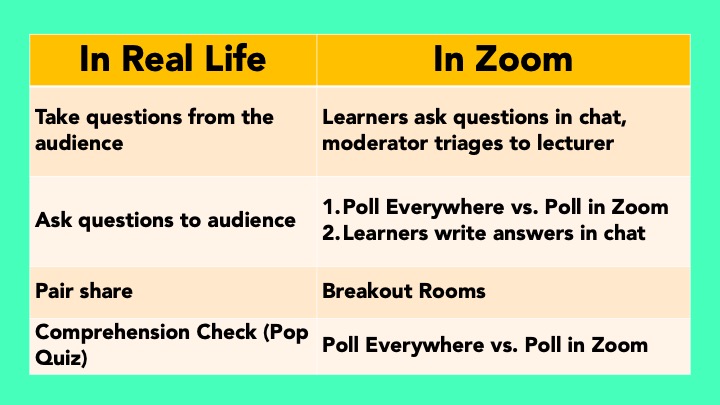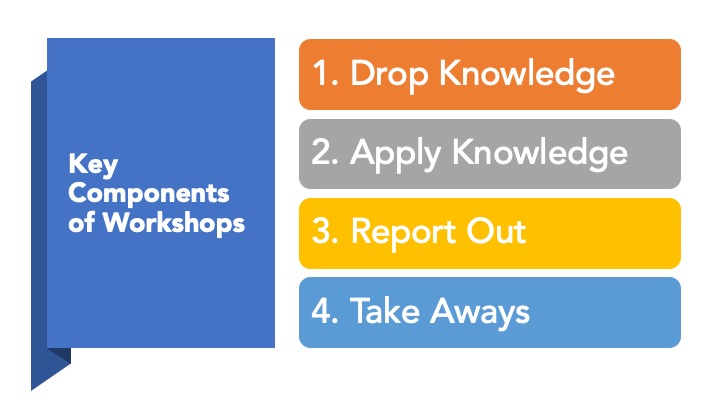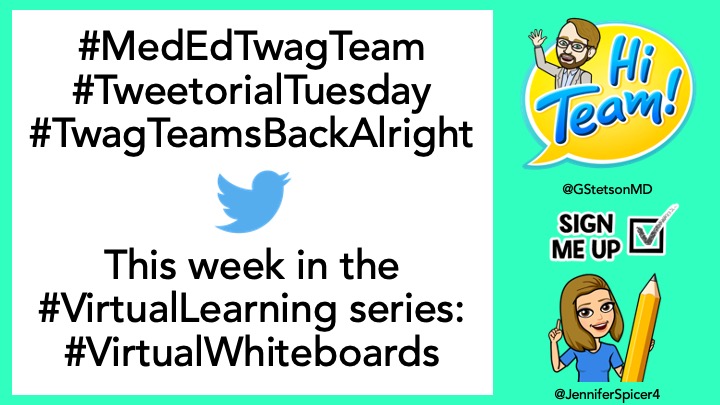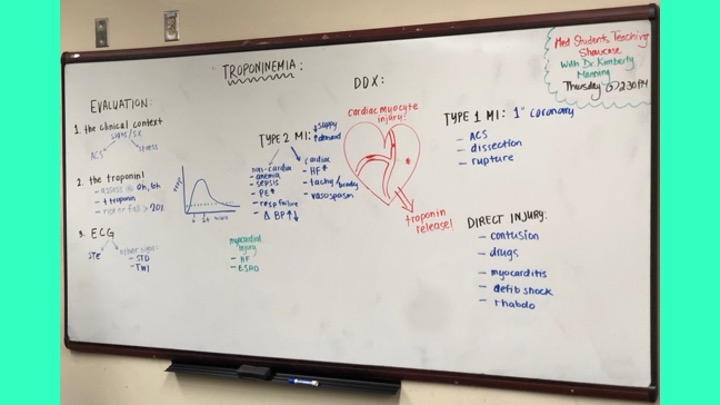Today, I take some of the things we have taught you over the last 6 weeks and organize them based on the type of teaching you may be planning to do.
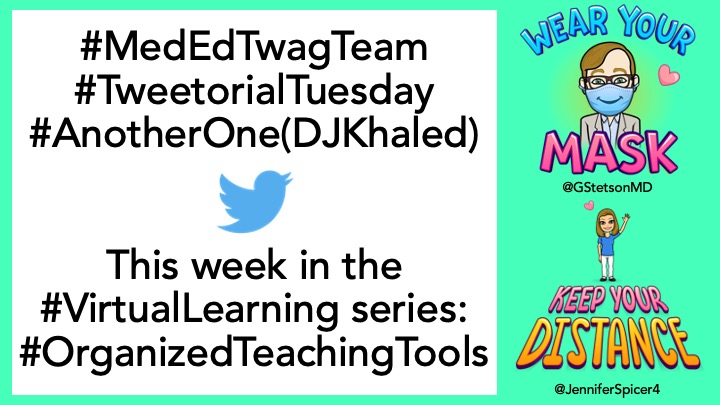
Welcome to Week 7! Make sure to go back and check out our previous threads if they are of interest. Just search #MedEdTwagTeam
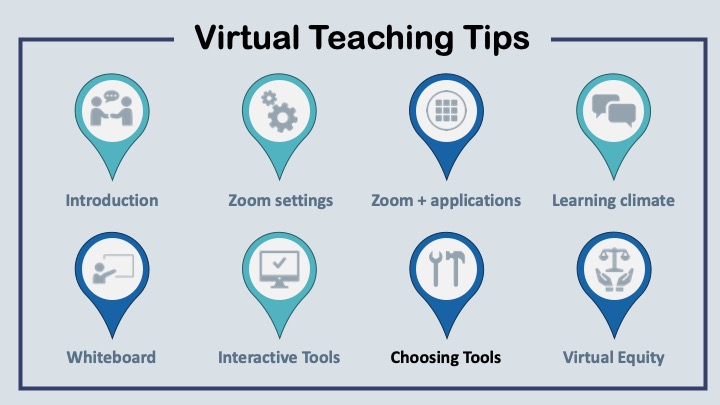
Optimizing Settings
Chats
Polling
File Transfer
Screen Sharing
Annotation
Breakout Rooms
Collaborative Tools
Splitting Your Screen
Sharing Partial Screens
Virtual White Boards
etc.
But how to make sense of it all?
1⃣Large group lecture
2⃣Small group teaching
3⃣Case conference
4⃣Workshop
For each, we are going to think about best practices IRL and translate to Zoom. Think of this 🧵 as a #schema for #onlineteaching
Re: PowerPoint slides – just like IRL:
🔑Very few words on slides
🔑Emphasize visual representations of concepts and ideas
⬆️ Extra true for #OnlineLearning, because lectures are recorded. Learners can rewatch. Don’t clutter you slides.
IRL I try to :
✅ Create an open, less formal environment
✅ Use tools that increase interaction, and communicate info in a different way
✅ Have learners apply, share, and create knowledge together
👀👇 for #Zoom framework
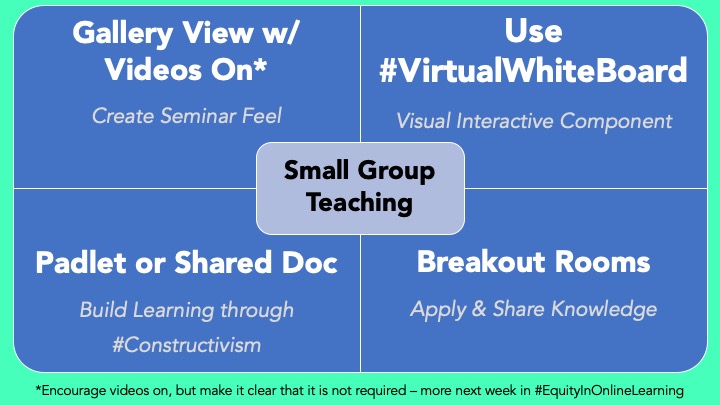
These are done best when there is lots of interaction.
@CPSolvers does this exceptionally well in their Virtual Morning Report!
They use the chat function for learner engagement & a scribe + PowerPoint template to document the case and pearls.
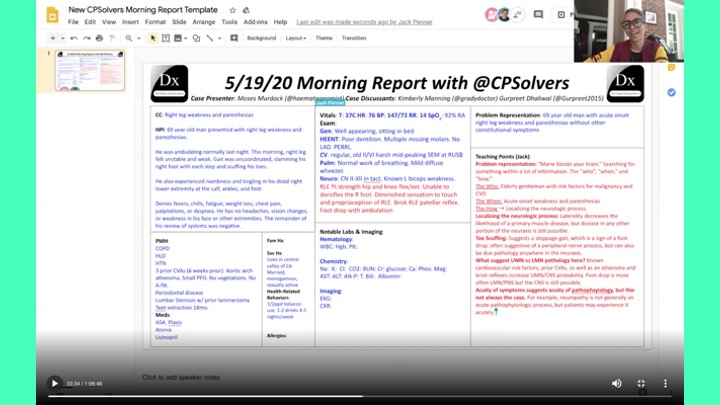
Great convo w/ @ChrisDJacksonMD about small scale case conferences. Many learners are multitasking when listening, so hard to predict participation.
🔑 Recruit 3ish learners before the conference who can commit to be fully engaged in case
Hopefully, this thread has provided you a framework for applying all the tools the #MedEdTwagTeam has shared over the last few weeks.
Next week, we will bring you a special #TweetorialTuesday to discuss #EquityInOnlineLearning.


